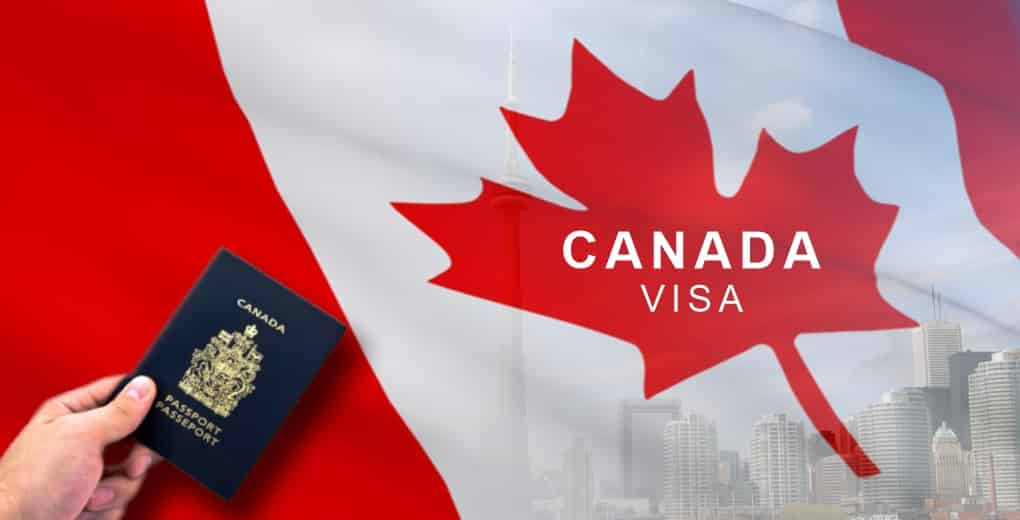
Introduction
The CIA World Factbook stands as a rich repository of information, providing a detailed and comprehensive overview of the world’s countries. Compiled by the Central Intelligence Agency (CIA),
this valuable resource offers a vast array of data encompassing geography, demographics, government structures, economic indicators, and more. In this article, we delve into the depths of the CIA World Factbook, exploring its origins, purpose, and the wealth of knowledge it provides.
The Evolution of the CIA World Factbook
Historical Context
To truly appreciate the significance of the CIA World Factbook, it is essential to understand its historical evolution. The Factbook traces its roots back to the aftermath of World War II when the United States found itself in a position of global leadership. As part of its efforts to understand and engage with the international community, the CIA began compiling detailed profiles of countries around the world.
From Print to Digital
The early editions of the Factbook were distributed in print, but with the advent of the digital age, the CIA transitioned to an online format. This move not only facilitated broader access but also allowed for more frequent updates, ensuring that the information remains current and relevant in our rapidly changing world.
The CIA World Factbook’s Purpose and Scope
Providing Essential Information
The primary purpose of the CIA World Factbook is to offer a snapshot of each country, presenting a wide range of data points that enable users to understand the complexities and nuances of different nations. This includes data on geography, population, government structures, and economic indicators.
Facilitating Decision-Making
Governments, businesses, researchers, and the general public all benefit from the information contained in the Factbook. Policymakers use it to inform diplomatic and strategic decisions, businesses consult it for market research, and students rely on it for academic purposes.
Navigating the Factbook: A User’s Guide
Understanding the Layout
The CIA World Factbook is organized with a standardized structure for each country profile. Sections cover topics such as geography, people and society, government, economy, energy, communication, and more. Understanding this layout is crucial for extracting the maximum value from the resource.
Key Indicators
The Factbook provides a wealth of key indicators for each country, offering insights into its economic health, social structures, and geopolitical landscape. From GDP and inflation rates to literacy rates and life expectancy, these indicators serve as crucial benchmarks for analysis.
Unveiling Global Trends: A Data-Driven Exploration
Analyzing Economic Landscapes
The economic section of the CIA World Factbook sheds light on a country’s economic health, trade dynamics, and development indicators. By comparing GDP growth rates, unemployment figures, and trade balances, one can discern global economic trends and identify emerging opportunities or challenges.
Demographic Patterns and Social Structures
Population demographics are a cornerstone of the Factbook’s societal insights. Examining birth rates, death rates, and age distribution can reveal population trends, while data on education and healthcare provide a glimpse into a nation’s social development.
Political and Geopolitical Considerations
Understanding a country’s political structure and geopolitical positioning is vital for comprehending global affairs. The Factbook’s government and political sections offer detailed information on governance structures, political parties, international disputes, and alliances.
Challenges and Limitations
Data Accuracy and Timeliness
While the CIA World Factbook is a comprehensive resource, it is crucial to acknowledge its limitations. The data is not immune to inaccuracies, and the timeliness of updates may vary across countries. Users must approach the information with a critical mindset, supplementing it with additional sources when necessary.
Changing Landscapes
The geopolitical landscape is dynamic, and events can rapidly alter a country’s profile. The Factbook’s static nature – updated annually or semi-annually – means that it may not capture the most recent developments. This limitation highlights the importance of considering real-time news and events alongside Factbook data.
Case Studies: Applying the CIA World Factbook in Real-World Scenarios
Diplomacy and International Relations
Case studies of diplomatic engagements, such as treaty negotiations or conflict resolutions, showcase how the CIA World Factbook is a valuable tool for diplomats. By understanding a country’s history, political structure, and economic challenges, diplomats can tailor their strategies for effective negotiations.
Business and Investment
Exploring how businesses use the Factbook for market research and investment decisions illustrates its practical applications. Examining key economic indicators, trade policies, and demographic trends allows businesses to make informed choices when entering new markets or adjusting existing strategies.
Future Developments and Enhancements
Embracing Technology
As technology continues to advance, there is potential for the CIA World Factbook to evolve further. Interactive features, real-time updates, and enhanced data visualization tools could make the resource even more user-friendly and accessible.
Collaborative Data Sharing
Promoting collaboration and data-sharing initiatives with other international organizations could enhance the Factbook’s comprehensiveness and accuracy. By leveraging the expertise of multiple agencies, a more holistic and nuanced understanding of global trends could be achieved.
Conclusion
The CIA World Factbook remains an invaluable resource in the contemporary world, providing a comprehensive and standardized view of nations across the globe. From its historical origins to its practical applications in diplomacy, business, and academia, the Factbook stands as a testament to the importance of data-driven decision-making.
While recognizing its limitations, users can harness its wealth of information to gain insights into the multifaceted nature of our interconnected world. As we look to the future, the potential for technological advancements and collaborative initiatives holds promise for further enriching this indispensable tool.









